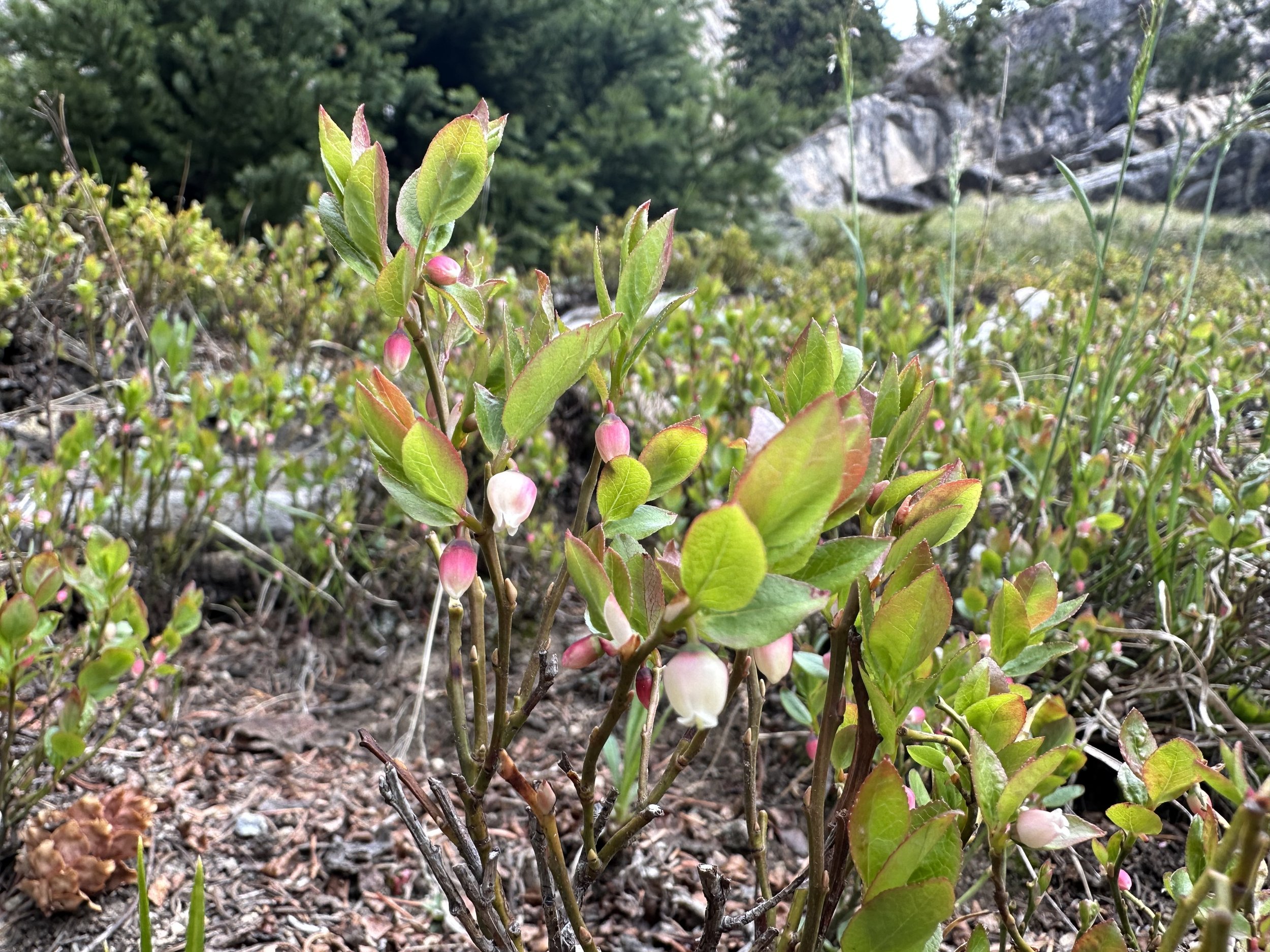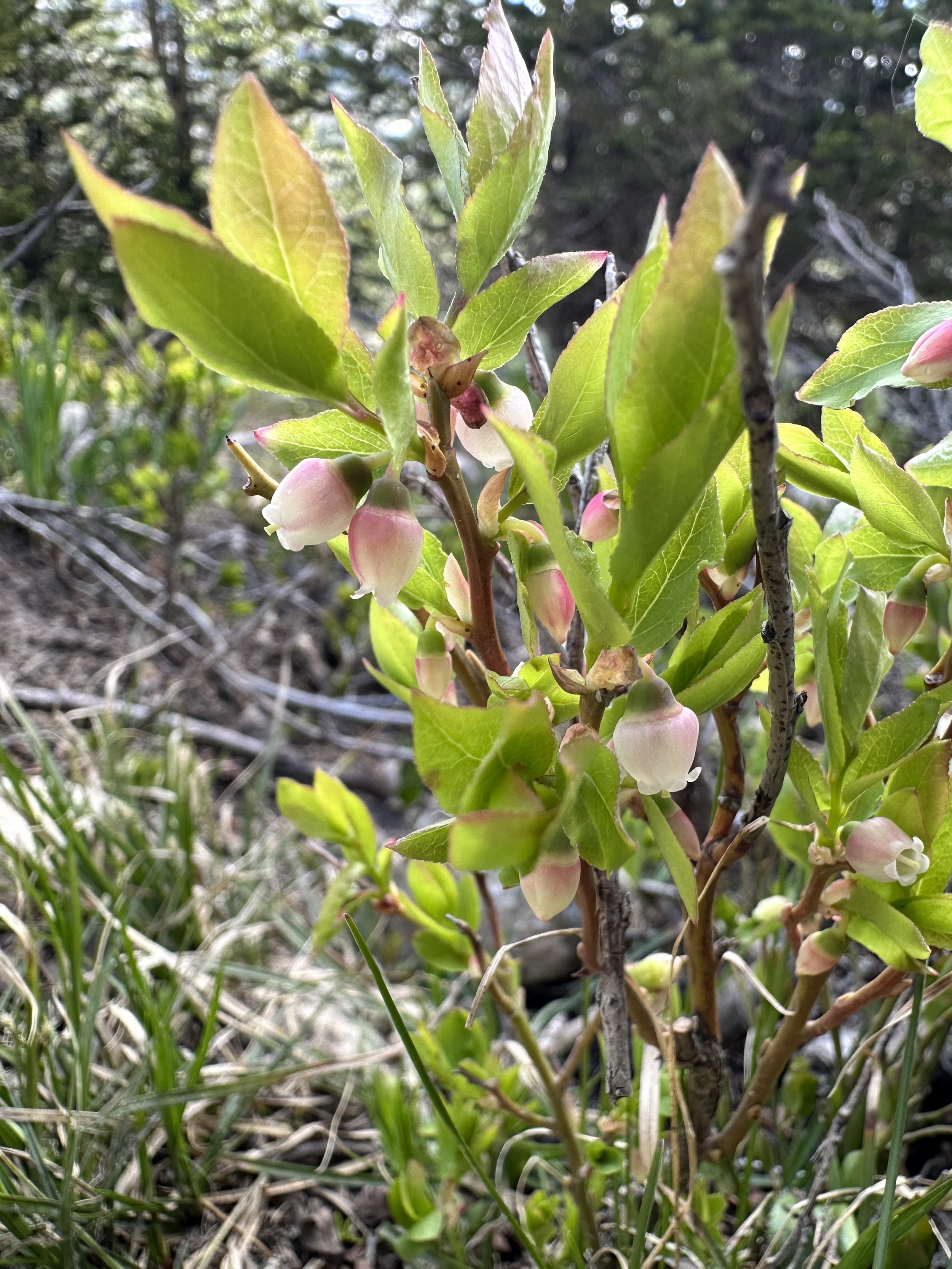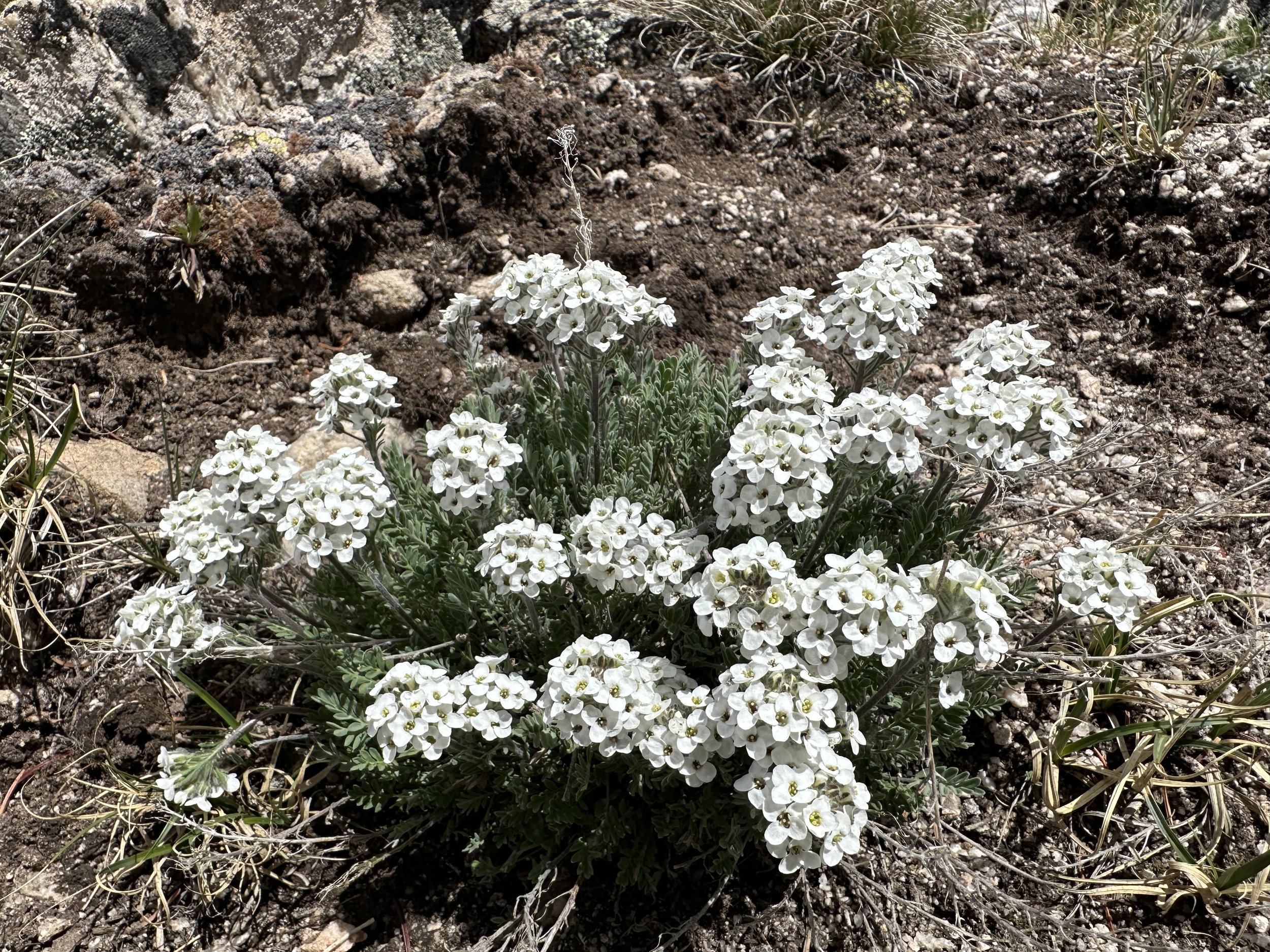Cymopterus alpina, June 16, 2023
June 16
Common & scientific name
Alpine parsley, Cymopterus alpina
Family
Parsley, Apiaceae
Location
Above Linkins Lake, 12,400’
Fun, weird, helpful, or little known fact
William Weber, the foremost authority on the flora of Colorado, describes Cymopterus alpina as “a common dwarf alpine on granitic mountains of the Continental Divide.” Bingo! This minute yellow flower is a common early summer companion on the high mountains and ridges of Independence Pass, where it stays low to the ground and protected from wind by surrounding rocks and vegetation.












































